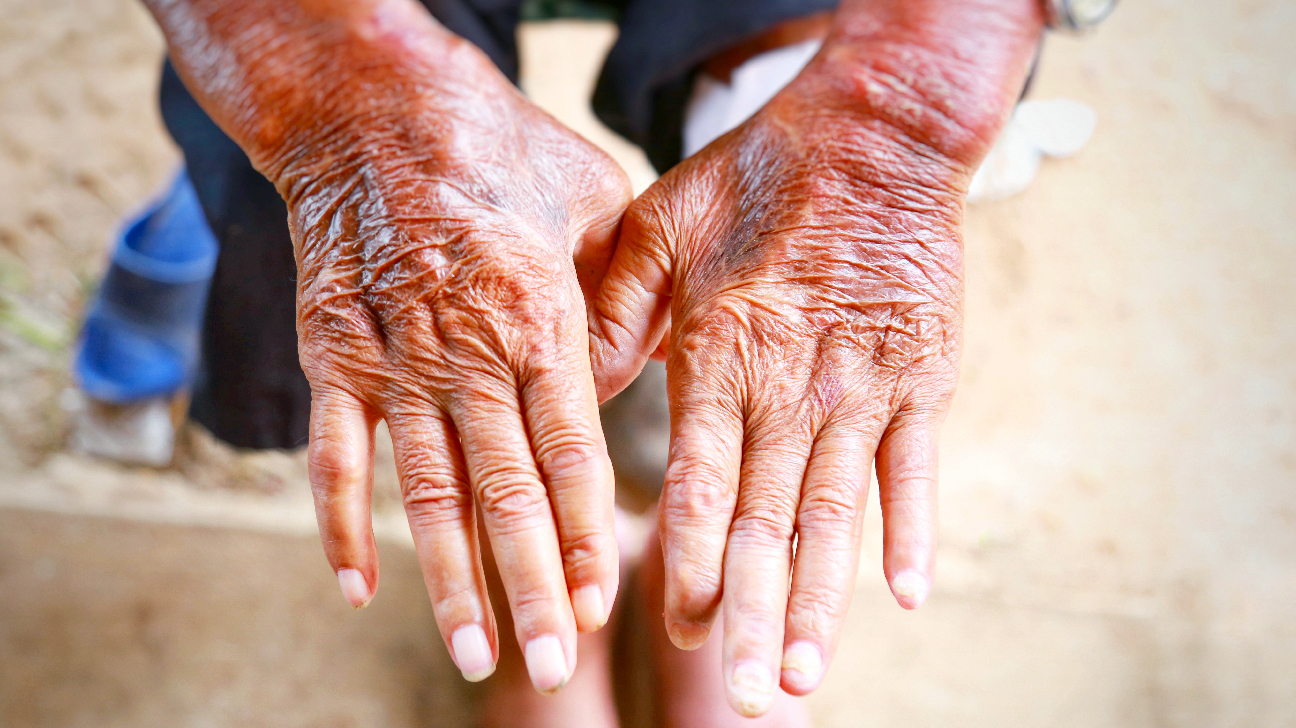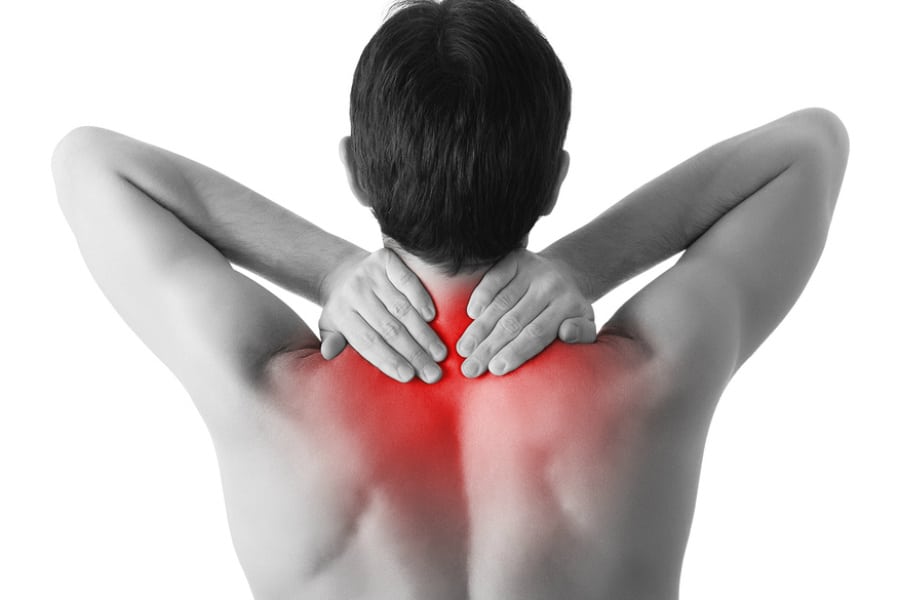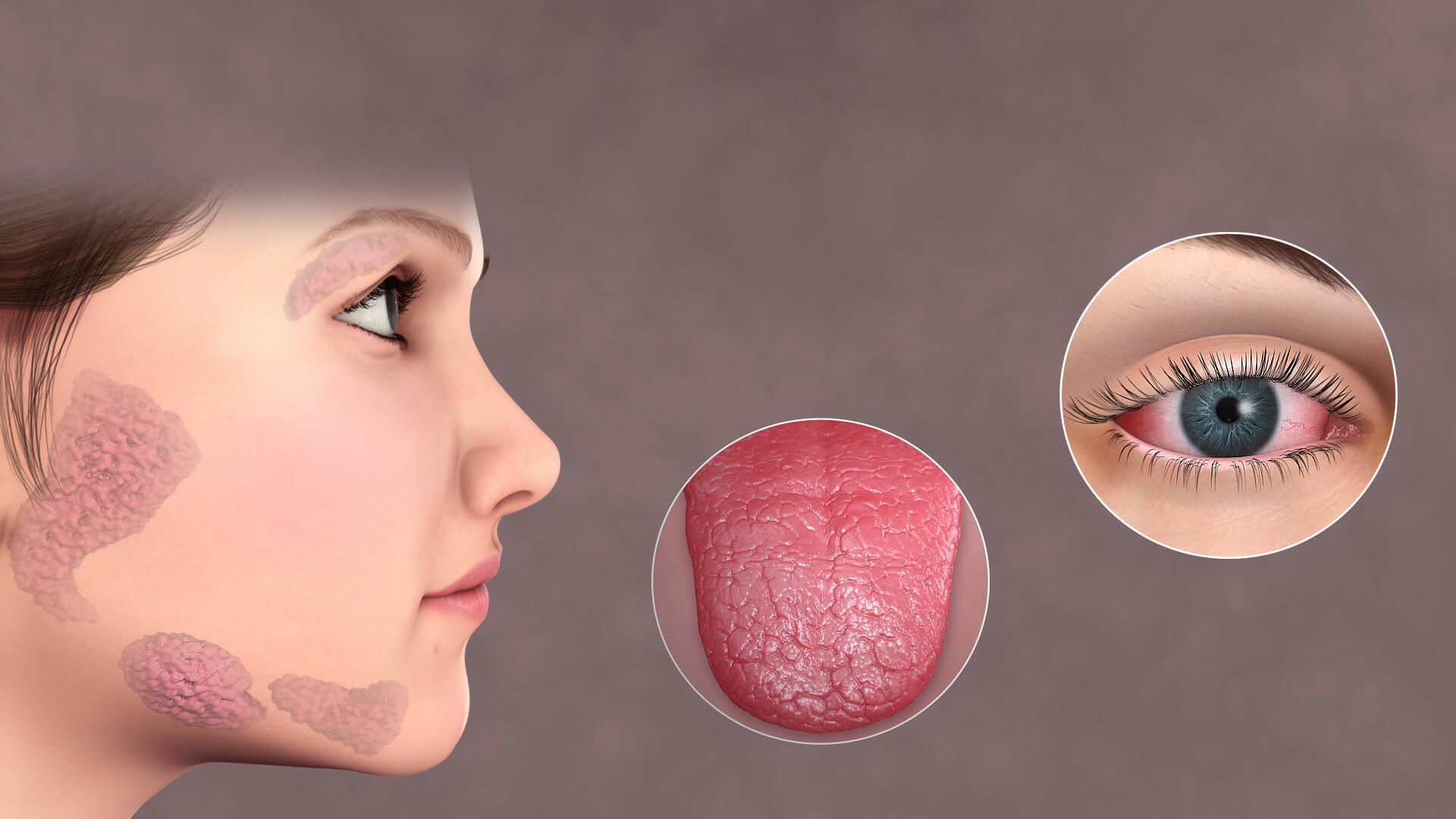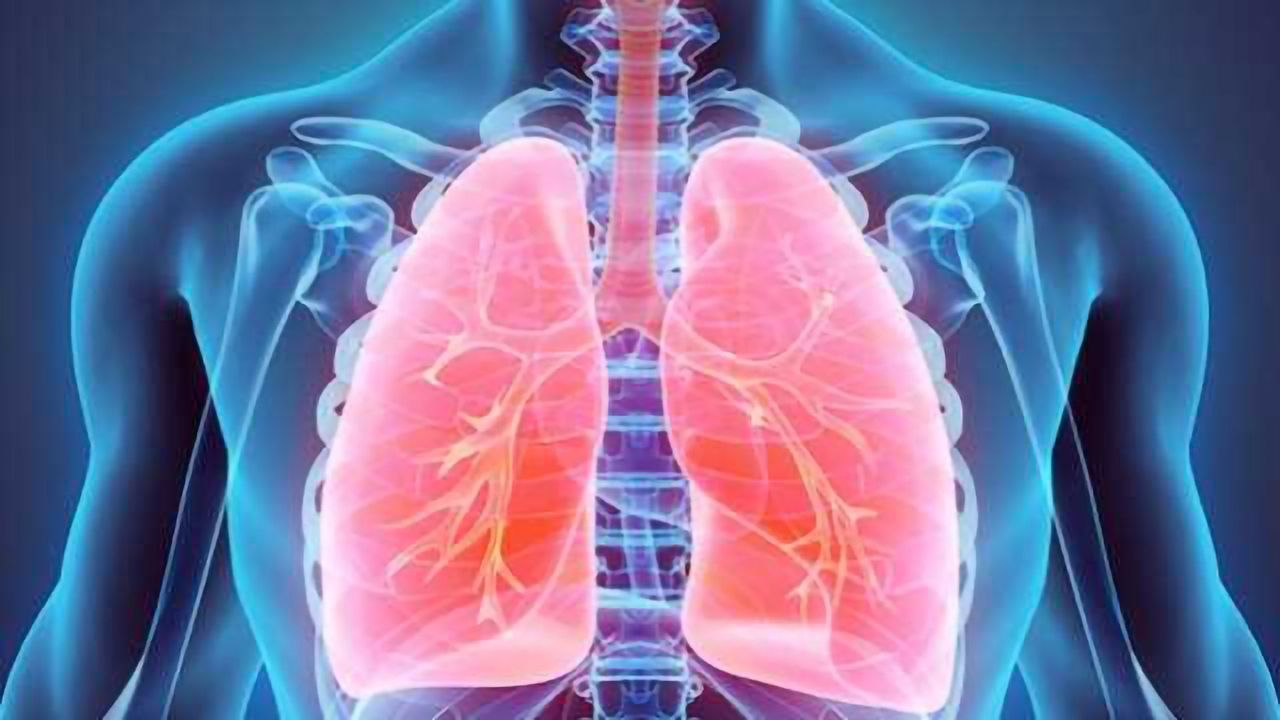Systemic scleroderma is an autoimmune rheumatic disease characterized by excessive production and accumulation of collagen, called fibrosis, in the skin and internal organs, and by injuries to small arteries.
There are two major subgroups of systemic sclerosis based on the extent of skin involvement.
Limited and diffuse.
The limited form affects areas below, but not above the elbows and knees with or without involvement of the face. The diffuse form also affects the skin above the elbows and knees and can also spread to the torso.
Also…
Kidneys, heart, lungs, and gastrointestinal tract can also be affected by the fibrotic process.
Patients with limited systemic sclerosis have a better prognosis than those with the diffuse form. Death is most often as a result of lung, heart, and kidney.
Skin symptoms
In the skin, systemic sclerosis causes hardening and scarring. The skin may appear tight, reddish, or scaly. The severity of these symptoms varies greatly among patients. Some having scleroderma of only a limited area of the skin (such as the fingers) and little involvement of the underlying tissue, while others have progressive skin involvement.
Open wounds especially on fingertips (digital ulcers) and sometimes on the knuckles, are not uncommon.
Diffuse scleroderma can cause musculoskeletal, pulmonary, gastrointestinal, renal, and other complications.
Over 80 percent of most patients have vascular symptoms and Raynaud’s phenomenon, which leads to attacks of discoloration of the hands and feet in response to the cold.
Calcinosis is the deposition of calcium in lumps under the skin is also common in systemic scleroderma, and is often spotted near the elbows, knees, or other joints. Lung impairment is universally seen with diffuse scleroderma patients.
Diffuse scleroderma can affect and decrease motility in any part of the gastrointestinal tract. Scleroderma is also associated with watermelon stomach.
This is a condition in which atypical blood vessels proliferate in a radial pattern around the stomach.
Cause
No clear cause for scleroderma and systemic sclerosis has been identified, genetic predisposition appears to be limited, still , a familial predisposition for autoimmune disease is common .
Diagnosis
Diagnosis is usually by clinical suspicion, presence of auto antibodies, and occasionally by biopsy. Diagnostic hints that another disorder is responsible include the absence of Raynaud’s phenomenon , a lack of abnormalities in the skin on the hands , a lack of internal organs involvement , a normal nuclear antibodies test result .
Treatment
No cure for scleroderma is known, but treatment exists for some of the symptoms, including drugs that soften the skin and reduce inflammation. Some patients may benefit from exposure to heat as well.
Consultation with a seasoned rheumatologist is useful in view of the complex nature of the disease symptoms and progress.
Topical \ symptomatic
Topical treatment for the skin changes of scleroderma do not alter the disease course, but may improve pain and ulceration. A range of nonsteroidal anti inflammatory drugs (NSAIDS), such as naproxen, can be used to ease painful symptoms. The benefits of steroids such as prednisolone is limited. Skin tightness may be treated systematically with methotrexate, while skin thickness can be treated with penicillamine.
The Takeaway
Treatments for SS have drastically improved in the past three decades.
Although there’s still no cure for SS, there are many different treatments that can help you manage your symptoms.
It may be a good idea to talk with your rheumatologist if any of your symptoms are getting in the way of your daily life. They can work with you to adjust your treatment plan to help you cope with this chronic condition.



